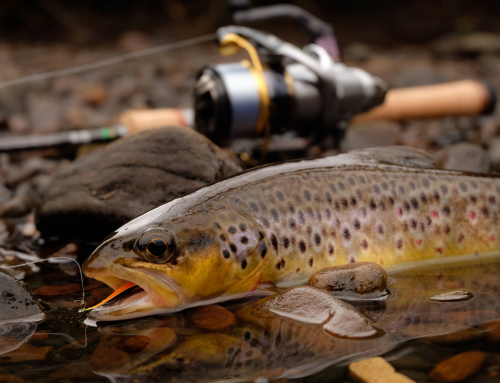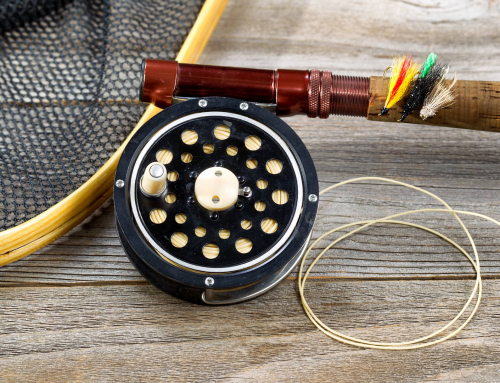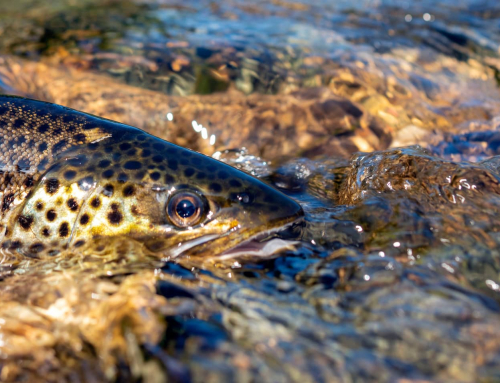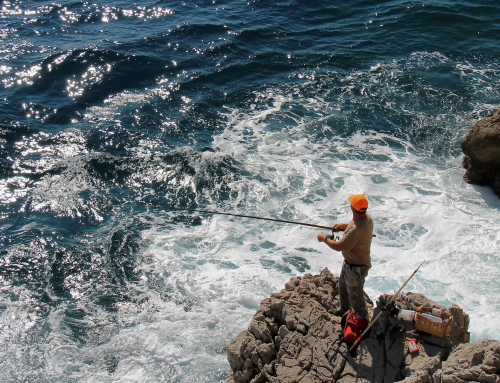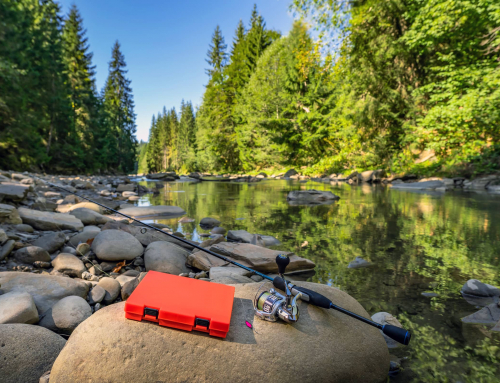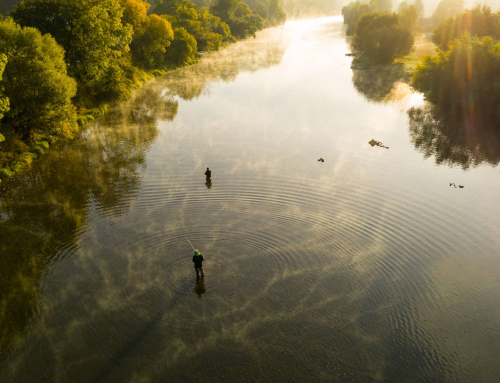We may earn money or products from the companies mentioned in this post at no additional cost to you.
**This post contains affiliate links and River Fly Fishing Co. may be compensated if you make a purchase after clicking on these links, at no additional cost to you. For more information about FTC disclosure requirements, please see here.
The best fly fishing waders for any budget.
You can spend decades fishing from the shore or a boat without ever stepping foot in the water but it’s difficult to fly-fish without getting wet. To hit the right spots and get where you need to be without getting soaked, you’ll need waders.
Waders are waterproof boots that can extend from the feet to the chest so anglers can wade deep into their fishing spots without getting wet. Every fly fisher needs a great pair of waders – so which ones are best? Let’s review some of the top fly-fishing waders and how to get started if you’re shopping around. With waders on you’ll be able to reach any fish in the river.
Don’t Overthink It
Like any other piece of fly-fishing equipment what the best waders are depend on the angler. The best fly-fishing waders are the ones that are comfortable and allow you to fish your favorite spots without thinking about them. There are no ‘best’ waders but there are ways you can find the best ones for you – here’s how.
Learning the Wader Basics
Bootfoot vs. Stockingfoot Waders
The first decision you need to make is bootfoot or stockingfoot waders. Each provide their own unique advantages and disadvantages. You can’t go wrong choosing either, but you should choose one that fits your fishing goals.
Bootfoot Waders
Bootfoot waders are a seamless attached boot system. They are traditionally warmer than stockingfoot waders, easier to put on and take off, and provide more room for larger anglers. Because the boot is attached to the wader they are not as supportive and adjustable as stockingfoots.
Stockingfoot Waders
As the name implies stockingfoot waders are manufactured with ‘socks’ instead of boots. The angler slips waterproof boots over the socks to complete the waders. Stockingfoot waders are usually more comfortable, provide more foot grip, allow you to nimbler in the water, and let you switch between different boots depending on the situation. Stockingfoots are more difficult to put on and take off than bootfoot waders.
Neoprene vs. Breathable Waders
Another significant division in waders is neoprene vs. breathable. Neoprene waders are watertight and warm but don’t allow your body to breathe. Breathable waders are also watertight but allow moisture to escape. You need the warmth of neoprene for cold fishing spots and breathable waders for warmer water. If you’re unsure – go with breathable waders.
Type of Wader
Match the wader to the depth of water you plan to fish.
Hip Waders – Hip waders are essentially waterproof leg sleeves and boots. Useful if you only need something to keep your toes dry.
Waist Waders – Easy to get on and off and allow for deeper water than hip waders.
Chest Waders – Most useful in deep water since you’re waterproof to the chest.
Three Important Things to Consider
Comfort – If you aren’t comfortable, you’ll be miserable on the water. Always try on waders for a few hours before going out to make certain they’ll remain comfortable the whole day.
Durability – Waders are an investment. Cheaper waders cost less but will wear out much sooner. Consider where you’re fishing and the surfaces you’ll be walking on and through. Wading through a gentle sand bottom creek won’t wear waders like rocks and brush will.
Breathability – Match the material to your needs. If you fish warmer or cool water, you’ll want as much breathability as possible. If you prefer fishing near freezing breathability is less of a concern than warmth.
Budget
Setting a budget is a great way to get started and will instantly narrow down your options. To give you an example of good brands and what to look for we’ve picked out three budget-friendly waders, three ‘bang for the buck’ waders, and three premium options.
Budget-Friendly Waders (Under $60)
- TideWe Bootfoot Chest Waders – Breathable at a fair cost
- FishingSir Nylon and PVC Chest Waders – Unisex wader with plenty of great features
- Oxyvan Lightweight Bootfoot Waders – The cheapest wader on our list
Middle-of-the Pack ($60-$160)
- Compass 360 Deadfall STFT Chest Wader – All-around great bootfoot wader
- Caddis Men’s Deluxe Breathable Stockingfoot Waders – Available in both waist and chest style for any need
- Hodgman Caster Neoprene Waders – At under $100 these bootfoot waders are a great deal
Top-of-the Line Waders ($160+)
- Adamsbuilt Truckee River Wader – Extremely light and extremely breathable despite four layers of durability.
- Orvis Men’s Ultralight Convertible Wader -2018 Best in Class at Gear Institute and Fish Alaska Editor’s Choice winner
- Compass 360 Tailwater Chest Wader – So much durability and features in a lightweight package
Note: You do not need name-brand or premium waders to have fun fly-fishing, especially if you’re unsure it will be a continuous hobby. If it’s your first time on the river don’t shell out on a ridiculously-priced pair of waders that might not use again. Pick a pair that feels good, matches your fishing, and is affordable for you.
Wade On
